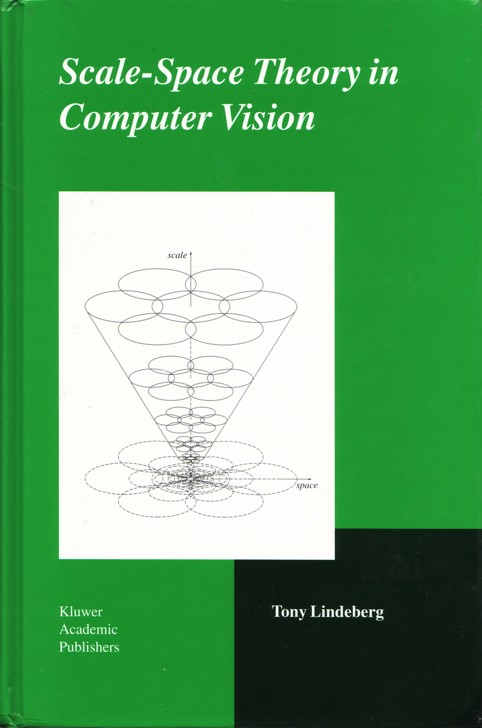
Scale-Space Theory in Computer Vision
KTH Royal Institute of Technology
A basic problem when deriving information from measured data, such as images, originates from the fact that objects in the world, and hence image structures, exist as meaningful entities only over certain ranges of scale. "Scale-Space Theory in Computer Vision" describes a formal theory for representing the notion of scale in image data, and shows how this theory applies to essential problems in computer vision such as computation of image features and cues to surface shape. The subjects range from the mathematical foundation to practical computational techniques. The power of the methodology is illustrated by a rich set of examples. This book is the first monograph on scale-space theory. It is intended as an introduction, reference, and inspiration for researchers, students, and system designers in computer vision as well as related fields such as image processing, photogrammetry, medical image analysis, and signal processing in general.
(Online edition at SpringerLink)
Responsible for this page:
Tony Lindeberg
|